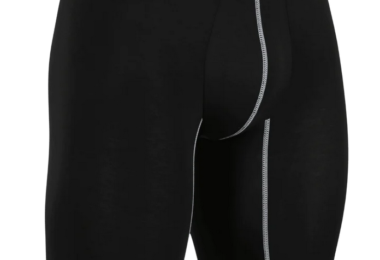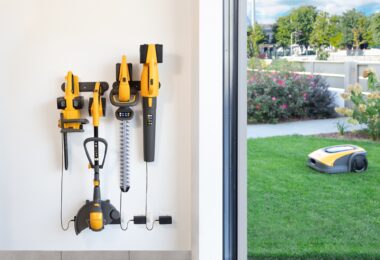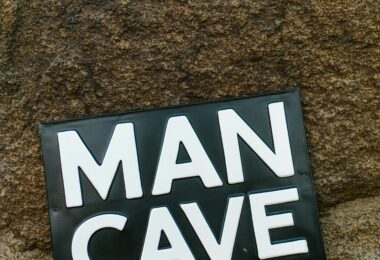Flooring can significantly impact the aesthetics of a space, and while traditional hardwood flooring remains a popular choice due to its timeless appeal and durability, it can be costly and requires regular maintenance.
However, several stylish and practical alternatives capture the beauty of natural wood without the high cost and upkeep. Here are some top alternatives to wood flooring recommended by interior designers.
Laminate Flooring: Beauty on a Budget
Laminate flooring has come a long way in recent years, with advancements in technology making it a desirable, budget-friendly alternative to real wood. Laminate floors comprise several layers, including a high-resolution photographic image of real wood, which gives it an authentic look.
Besides being cost-effective, laminate flooring is easy to install and resistant to stains, scratches, and moisture, making it an excellent choice for high-traffic areas like kitchens and hallways. It’s available in various styles, textures, and colours, allowing you to choose a design that matches your home’s aesthetic.
Parquet Wood Flooring
Parquet wood floors are wood flooring made from small blocks or strips of wood, which are arranged to create a regular and geometric pattern. These patterns range from simple such as herringbone or basket weave, to more complex designs.
One of the primary advantages of parquet flooring is its aesthetic appeal. The intricate designs can add a distinctive and sophisticated look to any room. Parquet flooring is often associated with elegance and luxury due to its frequent use in grand European houses and palaces previously.
Another advantage is its durability. Parquet flooring is generally made from hardwood, such as oak, walnut, or cherry – known for its strength and longevity. With the best care and maintenance, parquet flooring can last for several decades.
Luxury Vinyl Plank (LVP): Versatility and Durability
Luxury Vinyl Plank (LVP) is another viable alternative to traditional hardwood floors. LVP convincingly mimics the look and texture of real wood and is available in a broad spectrum of colours and styles. This type of flooring features multiple layers, including a resilient vinyl backing, a vinyl colour layer, a photographic film layer, and a protective top coating.
What sets LVP apart is its exceptional durability. It is resistant to dents, chips, and wear and works well in areas prone to moisture, such as bathrooms or basements, where real wood isn’t recommended. Furthermore, LVP is softer underfoot and offers quietness and warmth that outperforms most traditional materials.
Engineered Wood Flooring: A Balance of Style and Stability
Engineered wood flooring is a fantastic alternative that provides the charm of hardwood floors with additional stability. This type of flooring consists of a top layer of real hardwood veneer adhered to a core of plywood or high-density fiberboard, resulting in a product that can withstand temperature changes better than solid wood.
Engineered wood flooring comes in a variety of wood species, finishes, and thicknesses, offering a wide selection to suit different preferences. While it can be a bit pricier than laminate or LVP, it’s often more affordable than solid hardwood and can be refinished a few times, depending on the thickness of the top layer.
When it comes to achieving the beauty and warmth of wood floors without the hefty price tag and maintenance, laminate, Luxury Vinyl Plank, and engineered wood flooring are excellent alternatives. These flooring options offer durability, versatility, and an authentic wood look that can elevate the aesthetic of your space.
The best choice ultimately depends on your budget, lifestyle, and specific needs for each room in your home. Regardless of your choice, rest assured that these stylish alternatives come highly recommended by interior designers and will help create a beautiful and welcoming environment in your home.









Leave a Comment
You must be logged in to post a comment.